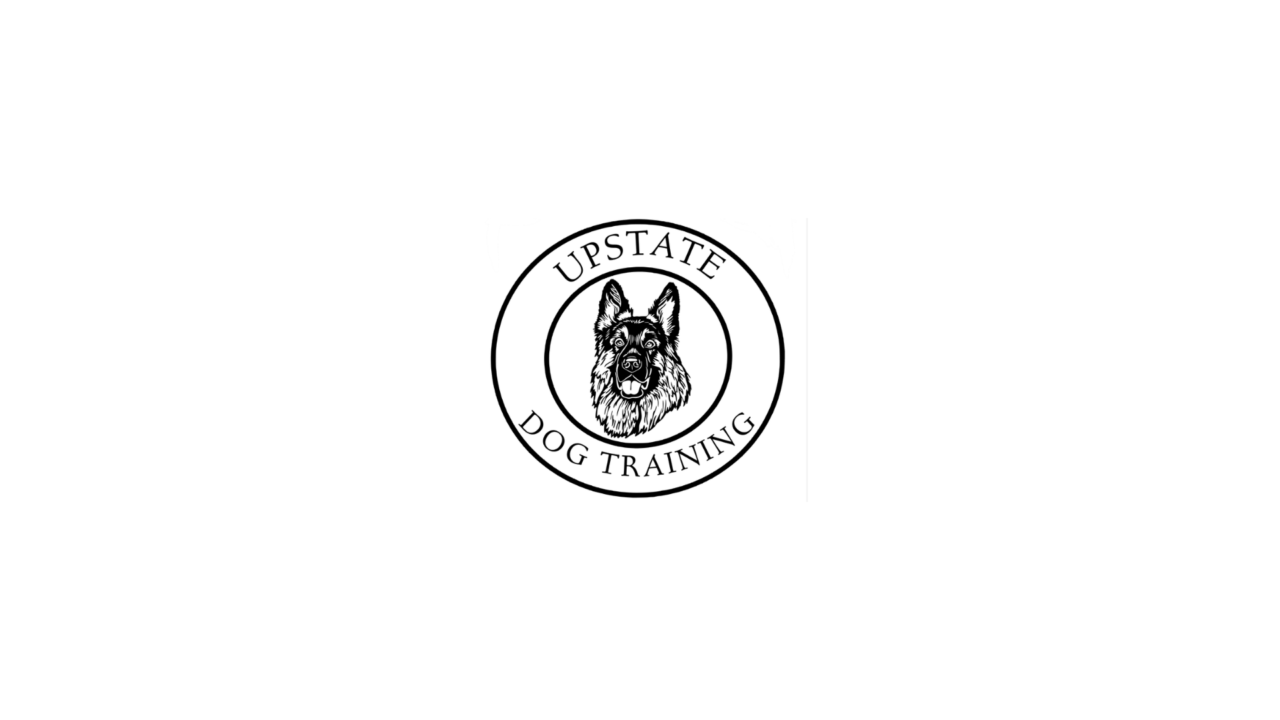House-training Expectations For Dogs Young & Old
Bringing a new dog into your home can be an exciting time, but it also requires a lot of patience and dedication, especially during the house-training process. Whether you’ve got a new energetic puppy or an older rescue dog, it’s important to understand that house training requires consistent effort and a good understanding of your dog’s individual needs. In this blog post, we’ll be discussing what you should expect when house-training your dog and some tips that can help make this process a success.
Consistency
Consistency is key: Dogs thrive on routine and predictability. This means that you should establish a consistent routine for your dog when it comes to feeding, bathroom breaks, and exercise. Young puppies may need to go out as often as every 30 minutes, while older dogs may only need to go out a few times a day. It’s important to find a routine that works for both you and your dog and stick to it as closely as possible.
Positive reinforcement
When it comes to training, positive reinforcement is the most effective method. This means rewarding your dog with praise or treats when they exhibit desired behaviors, such as going to the bathroom outside. Punishing your dog for accidents will only lead to fear and confusion. Instead, focus on rewarding your dog for good behavior and redirecting them when they exhibit undesirable behavior.
Patience
Patience is key: It’s important to remember that house training takes time and patience. Some dogs may learn faster than others, and accidents are inevitable. When your dog has an accident in the house, it’s important to clean it up thoroughly to remove any scent that may attract them to that spot again. It’s also important to remember that accidents are not your dog’s fault; they are part of the learning process.
Tools
Utilize crates and gates: Crates and gates can be useful tools when it comes to house training. Crates can provide a safe and secure space for your dog when you’re not able to supervise them, and can also help with potty training as dogs tend to not want to soil the area where they sleep. Gates can be used to confine your dog to a specific area of your home, which can be especially helpful during the house-training process. One of the most straightforward and effective house-training techniques is bell-ringing. By hanging a bell or a set of bells on the door that leads outside, you can teach your dog to paw or nudge at the bell to signal to you that they need to go outside. It’s a simple yet powerful method that can teach your dog how to communicate with you, even when you’re distracted.
Professional Help
Professional house training in the kennel, as we provide here at Upstate Dog Training, and house training at home are obviously different environments. House training in the kennel is a great head start that can make the house training much easier and less frustrating for you, but keep in mind that learning is a process and changing environments can sometimes confuse your dog. It’s crucial to understand that house training is a learning curve for both dogs and humans. It requires patience, consistency, and most importantly, positive reinforcement. It’s also essential to recognize that some dogs may learn faster than others. The age of the dog, its general temperament, and overall owner follow-through with training techniques can play a significant role in determining the success of house training. In extreme cases, a Dog Behaviorist may be helpful.
Conclusion:
House-training your dog can be a challenging process, but with patience, consistency, and positive reinforcement, it’s possible to achieve success. By understanding your dog’s individual needs and utilizing tools such as crates and gates, you can make the process more manageable. Remember, accidents are part of the learning process, and with time and dedication, your dog will learn what’s expected of them. So be patient, stay consistent, and celebrate every small victory along the way.
Additional information can be found at:
https://vcahospitals.com/know-your-pet/house-training-your-puppy
https://www.rspca.org.uk/adviceandwelfare/pets/dogs/training/toilettraining
https://www.akc.org/expert-advice/training/how-to-potty-train-a-puppy/
